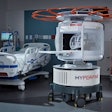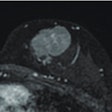Dear MRI Insider,
In this issue of the Insider, we're offering an exclusive first look at a new MRI coil for breast imaging currently being developed by a team of radiologists, biomedical engineers, and other specialists at Stanford University.
The device, which has an array of nine small breast coils around each breast, is designed to produce sharper images to discover smaller tumors than can be detected currently with standard breast MRI technology. So far, early results show that the uniquely designed breast coil array is approximately three times more sensitive than standard MRI coils.
Read more about the technology and see early imaging results by clicking here.
In other top features, gadoteric acid (Gd-DOTA), a gadolinium-based MRI contrast agent, can be used safely in pediatric patients younger than 18 months old, according to a study published in Pediatric Radiology. Paris researchers found "negligible" immediate adverse effects among 104 neonates and infants, and they rated image quality with Gd-DOTA as excellent or good in 98% of the cases.
Meanwhile, by combining functional MRI (fMRI) and passive speech stimulation, New York researchers have discovered physiologic differences between autistic and healthy children, according to a study in the August issue of Radiology. Functional MR images of the superior temporal gyrus and primary auditory cortex of the brain, which are associated with sentence comprehension, demonstrate the "potential utility of fMRI as an objective indicator of language impairment in autism," they wrote.
In the realm of cardiac MRI, researchers from Boston have found that the technique offers valuable prognostic information when used for stress perfusion imaging for possible ischemia in both men and women. Their results were published in the August issue of JACC: Cardiovascular Imaging.
Additional research with cardiac MRI has revealed that stress cardiomyopathy may have broader clinical characteristics than previously reported, including younger patients, men, and patients without an identifiable stressful cause, according to a paper in the Journal of the American Medical Association. Also, when cardiovascular MRI is used when a patient first presents with possible symptoms, the exam may provide relevant functional and tissue information to confirm or rule out a diagnosis, the group from Germany reported.
For more news and information on MRI, be sure to stay in touch with the MRI Digital Community on a daily basis for the latest developments from around the world.

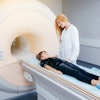

.fFmgij6Hin.png?auto=compress%2Cformat&fit=crop&h=100&q=70&w=100)
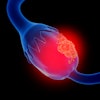

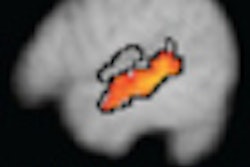
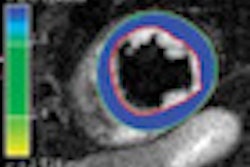
.fFmgij6Hin.png?auto=compress%2Cformat&fit=crop&h=167&q=70&w=250)




